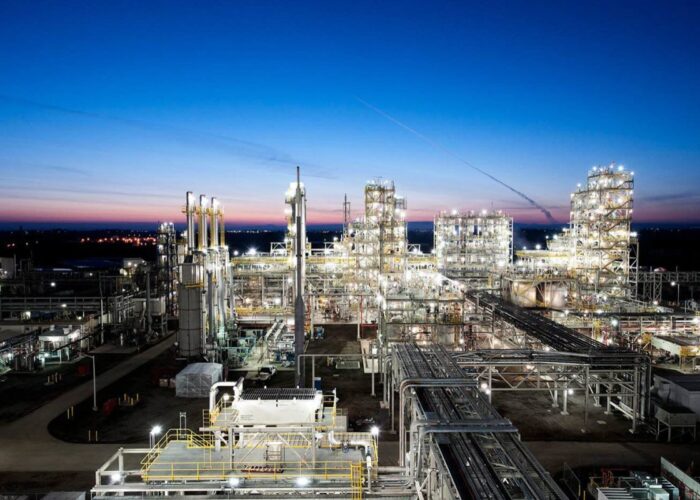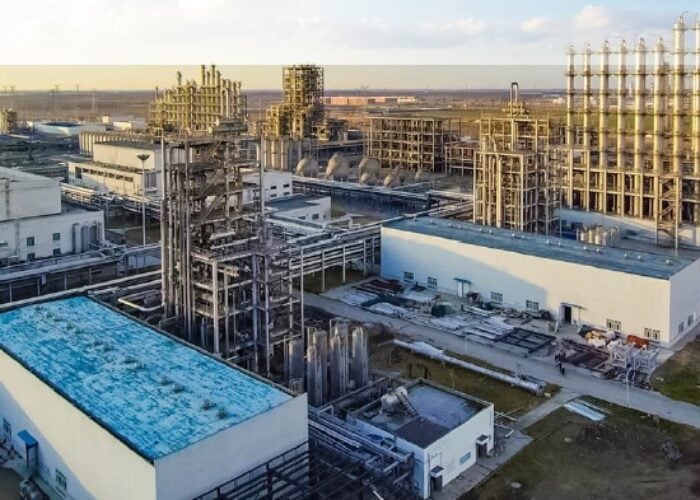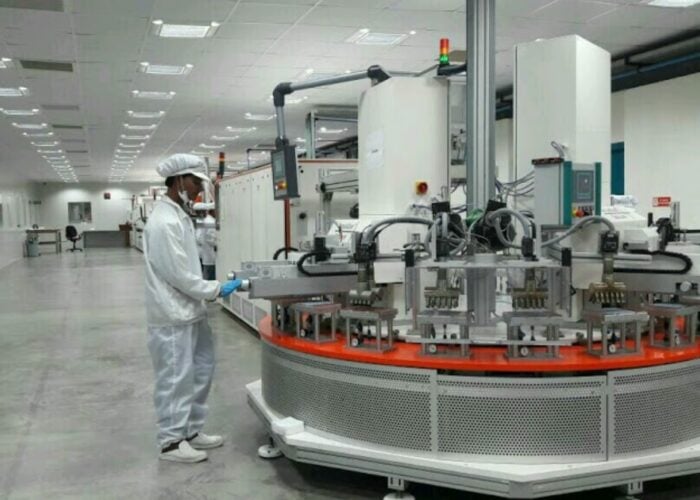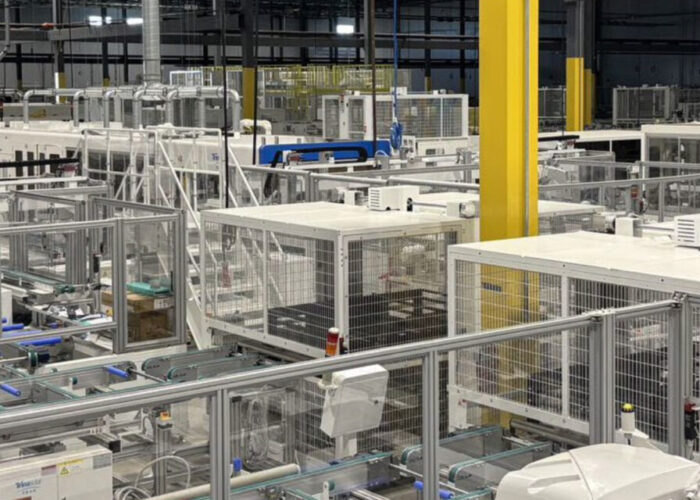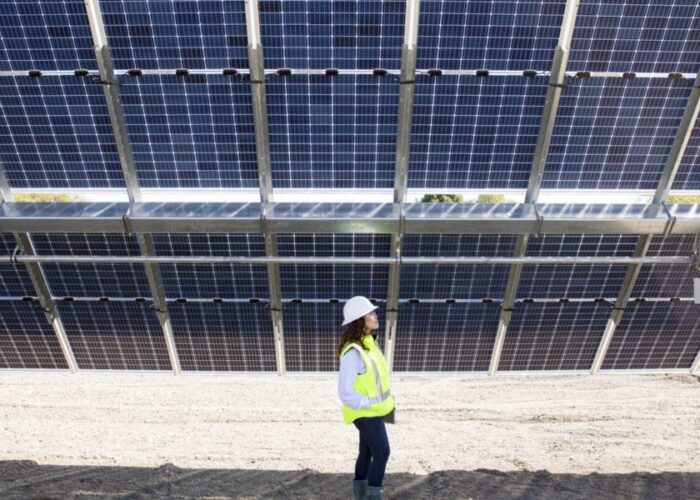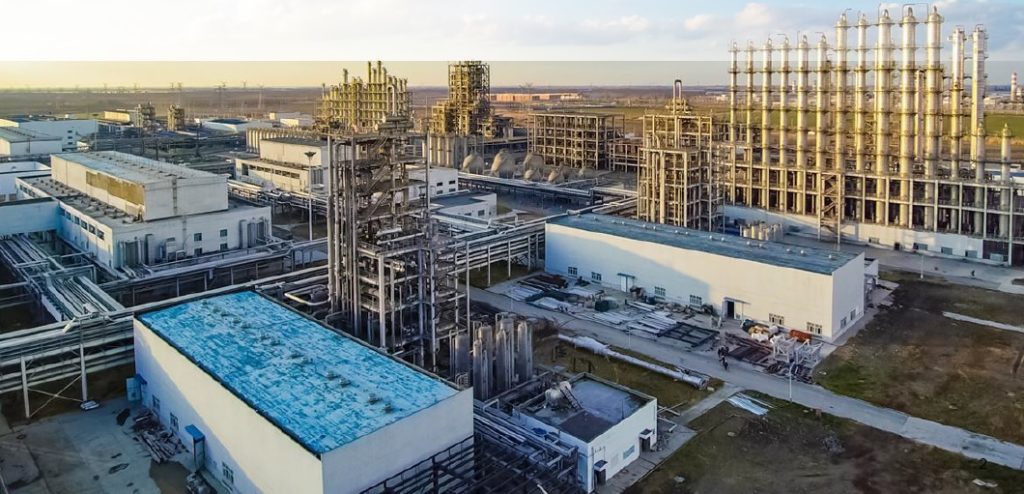
During the second quarter of 2024, major Chinese polysilicon producer Daqo New Energy has sold polysilicon at an average price lower than its production cost.
Daqo’s average selling price (ASP) has dropped from US$7.66/kg in Q1 2024 to US$5.12/kg in Q2 2024. This is lower than the company’s average production cost which sat at US$6.19/kg in Q2 2024.
Unlock unlimited access for 12 whole months of distinctive global analysis
Photovoltaics International is now included.
- Regular insight and analysis of the industry’s biggest developments
- In-depth interviews with the industry’s leading figures
- Unlimited digital access to the PV Tech Power journal catalogue
- Unlimited digital access to the Photovoltaics International journal catalogue
- Access to more than 1,000 technical papers
- Discounts on Solar Media’s portfolio of events, in-person and virtual
Moreover, for the third quarter in a row, Daqo had its sales volume drop to 43,082MT in the second quarter of 2024.
Sales of polysilicon reached a peak of 63,263MT during Q3 2023, when prices were more than double the current prices. Since June 2024, polysilicon prices have stabilised below the RMB40/kg (US$5.6/kg) mark (Premium access). Sales declines also affected fellow polysilicon producer Wacker Chemie’s results in Q2 2024.
Xiang Xu, CEO of Daqo New Energy, said: “The solar industry experienced significant challenges during the second quarter, as market prices fell across the solar value chain to below production costs for nearly the entire industry. As end-of-quarter polysilicon ASP fell below our production cost, we were required in accordance with accounting rules to record a non-cash inventory impairment expense of $108 million because our inventory market value fell below book value.”
As both sales volume and ASP were down in Q2 2024, so was Daqo’s revenue, both sequentially and annually. During Q2 2024, Daqo registered revenues of US$219.9 million, nearly half of Q1 2024 and a third of Q2 2023 when the company registered revenues of US$636.7 million.
Moreover, the company registered a gross loss of US$159 million in Q2 2024, when during the same period a year ago it had registered a gross profit of US$259 million.
Despite a downward trend in terms of polysilicon sales volume, ASP and revenues, the company has continued to increase its production capacity during Q2 2024, with 64,961MT. This represents a 2,683MT increase from the previous quarter.
During Q2 2024, the polysilicon producer started initial production at its 100,000MT Phase 5B polysilicon plant in Inner Mongolia. This facility contributed to nearly 12% of the company’s total production volume.
“Through continued investments in R&D and dedication to purity improvements at both facilities, our overall N-type product mix reached 73% during the quarter. Remarkably, even our Phase 5B, which was still in the ramping up stage, had 70% N-type in the product mix, strengthening our confidence in achieving 100% N-type by the end of next year,” added Xu.
Daqo adjusts production capacity for rest of year
Due to current market conditions and pricing, Daqo New Energy adjusted its target production for Q3 2024 as well as for the full fiscal year of 2024. In Q3 2024, the company aims to produce between 43,000-46,000MT, as it has started maintenance and lowered its production utilisation rate to “support pricing and reduce our cash burn”, said Xu.
For the full year of 2024 production volume, the company targets 210,000MT to 220,000MT of polysilicon.
“With prices declining for weeks to below the industry’s cash cost and inventory accumulating, we began to see maintenances and production cuts across the industry. Based on industry statistics, the total polysilicon production volume in China dropped about 16% from approximately 192,000 MT per month in April to approximately 162,000 MT in June. However, the supply of polysilicon still exceeded the wafer customer demand, which has dropped to around 50GW in June due to lower utilization rate. Although there were further industry polysilicon production cuts in July, an uptick in demand from downstream manufacturers will be needed to drive inventory reduction and price recovery,” added Xu.
According to Xu, Chinese solar manufacturers might have reached a cyclical bottom – a sentiment shared in May by several Chinese PV giants – although he does not see any clear signs of potential improvement. Xu added that selling products at a lower production cost is “unsustainable” and will therefore lead to market consolidation.

